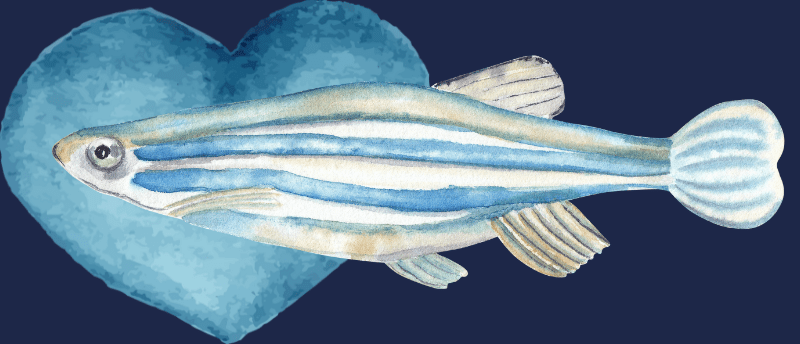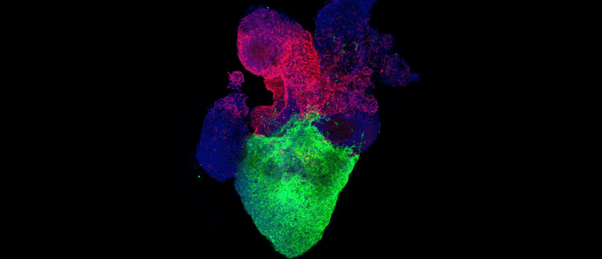The tale of the zebrafish and the regenerative heart

A recent study has compared zebrafish and medaka to figure out why zebrafish can regenerate heart tissue while medaka cannot, potentially advancing human cardiac arrest treatments.
Researchers at the University of Utah (UT, USA) have investigated the differences between two types of fish – zebrafish and medaka – to understand why one can regenerate their heart tissue following a simulated heart attack and the other cannot. They’re doing this in the hopes of taking one step closer to finding new treatments for individuals who have experienced a heart attack.
Zebrafish and medaka are both part of the teleost family, having similar body morphology in terms of both their size and two-chamber heart as well as inhabiting fresh bodies of water. By comparing these fishes’ physiological processes following simulated cardiac arrest, the team was able to determine how they differed on a cellular and molecular level.
The team used a cryoprobe to injure the fish hearts, simulating a human heart attack. This cryoprobe was devised using copper wire dipped in liquid nitrogen at minus 170°C. The wire was then applied to the edge of the heart via a tiny incision in the fish abdomen for 23 seconds. 95% of the fish survived the procedure and after 3 or 14 days, their hearts were removed and dissolved in single-cell solution for RNA sequencing.

Heart organoid model illuminates key aspect of congenital heart defect pathology
An organoid model of the human heart provides insights into the pathology of diabetes-induced heart defects in newborns.
This sequencing was able to reveal how the fish differed on a molecular and cellular level. “Zebrafish have this immune response that is typical of what you might see during a viral infection, called an interferon response,” lead author Clayton Carey reported. “That response is completely absent in medaka.” In addition to immune system differences, the team reported differences in epicardial and endothelial cell signaling and heart structure between the two types of fish.
“My hunch is the ancestor of all animals could regenerate its heart after an injury, and then that’s been repeatedly lost in different types of animals,” senior author Jamie Gagnon commented. “I would like to understand why. Why would you lose this great feature that allows you to regenerate your heart after an injury?”
Zebrafish form a scar on the heart tissue that doesn’t calcify like it does in medaka, leading researchers to believe that the interferon response signals macrophages into the wound site to encourage blood vessel growth, supporting regeneration. Although the study highlights that the immune system appears to play a role in heart regeneration, further research is needed to understand exactly how this works.
“Our hope is that we build this knowledge base in animals that are really accessible and can be studied in incredible detail, then use that knowledge to generate more focused experiments in mammals, and then maybe someday in human patients,” Gagnon concluded.